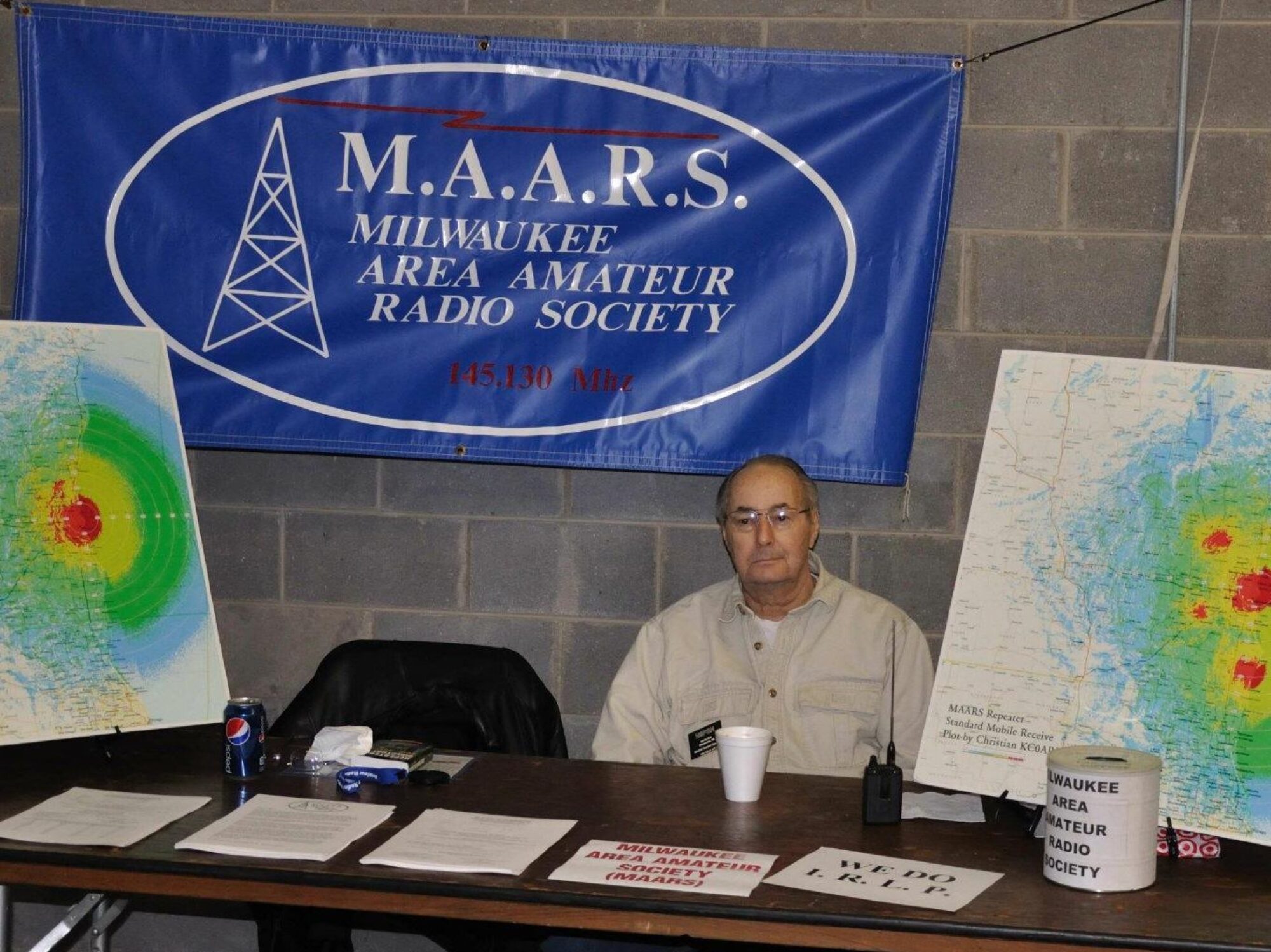Copper Cactus Dual-Band Super J-Pole Antenna Project
Building Suggestions
1. You may use a Fiberglas rod (arrow shaft) as an insulator, but you will have to be very careful with the torch or you may weaken or burn the rod, or make it brittle.
2. When cutting the 1/2″ copper tubing, cut the 57-1/2″ piece from one end of the 10″ length, and the 38″ piece from the other end. By doing this you will have factory-cut edges for inserting the 1/2″ dowel.
3. Be sure to keep the flame of the torch away from the insulator to avoid burning it.
4. Use paste flux on all joints when fitting the pieces together. Use enough flux, since you will be cleaning the entire antenna with solvent after assembly.
5. Use a weight to hold the 19″, 57-1/2″, and 2″ pieces, and the Tee and the elbow, flat when they are sweat soldered together.
6. Use a ruler or caliper to check the spacing between the 19″ and 57-1/2″ pieces, to keep them parallel to each other.
7. When drilling the SO-239 fitting, use the drill press. Be careful not to drill into the threads of the fitting. After the holes are drilled, file the opening flat for a better band clamp fit.
8. After the best match has been found, you may want to solder the SO-239 and the stranded wire end to the 1/2″ tubing.
9. When the antenna has been cleaned and matched, spray the entire antenna with a coat or two of clear lacquer to keep it looking nice.
10. After everything else has been done, apply silicon or a butyl rubber compound to the insulating section, then cover the joint with electrician’s tape for a weather tight seal.
11. A 1/2″ pipe coupling and a length of pipe may be used in place of floor flange for mounting in a roof tripod.
Simplify the Feed Point of the J-pole
The feed point also needed to be made simpler, so I elongated one of the mounting holes of a panel mount SO-239 fitting and inserted a stainless steel adjustable band clamp. This goes on the 57 1/2″ long section of 1/2″ tubing. A short 2-3/4″ length of # 14 copper stranded wire is soldered to the center terminal to go over to the 19″ section. I used another stainless clamp to attach this. (See Photo B.) While experimenting to find the proper feed point, I found that the distance above the crossbar should be about 3″.
Part’s List
1 10-foot section of Schedule M 1/2″ copper tubing
1 1/2″ copper elbow
1/2″ copper Tee fitting
2 1/2″ copper end caps
1/2″ copper threaded fitting (for mounting)
1 1/2″ cast floor flange (for mounting)
1 Piece of 3/16″ or 1/4″ soft copper tubing 42″ long
1 Piece of 1/2″ hardwood dowel of Fiberglas rod
1 SO-239 panel mount coaxial fitting
1 Piece of # 14 stranded copper wire
2 3/8″ by 7/8″ stainless band clamps
Tools needed:
Tape measure
Tubing cutter
Propane torch
Solder and flux
Electrical tape
Caulking compound
Screwdriver
A weight to keep parts aligned while soldering
Steel wool or a Scotch Brite pad (for cleaning all copper)
Spray can of clear exterior lacquer (to finish-coat completed antenna)4
NOTE: Coax center conductor attaches to the
“Long section” feed point.
Shield attaches to the short section feed point.
Don’t forget On most of the J Pole designs out there, a choke should be used as close to the feedpoint of the antenna as possible to help prevent rf on the feedline and creating difficulty with SWR readings. For 2 meters, the coil is 4 turns of coax at 5 inches in diameter. You should get good results with the choke within 3 or 4 inches of the feedpoint on 2 meters.
Hint:
Use the last part of your feedline as the choke before attaching to the feedpoint!

